More than a quarter of a million tagged white sea bass are released into the great Pacific each year by the Ocean Resources Enhancement and Hatchery Program.
But before that, they are live and grow in about a dozen pens scattered along the California coast, including one in Newport Harbor.
But even before that, they are hatched from eggs and nurtured to grow into healthy juveniles at the Hubbs-SeaWorld Research Institute’s Marine Fish Hatchery in Carlsbad.
And that’s exactly what visitors were able to see Saturday during institute’s open house for program volunteers. A BBQ was provided by the United Anglers of Southern California.
In attendance was John Zartler, the head volunteer and grow-out facilitator for the Balboa Angling Club’s Pacific Fisheries Enhancement Program that works with the Hubbs White Sea Bass replenishment program, as well as other Newport Beach grow-out pen volunteers.
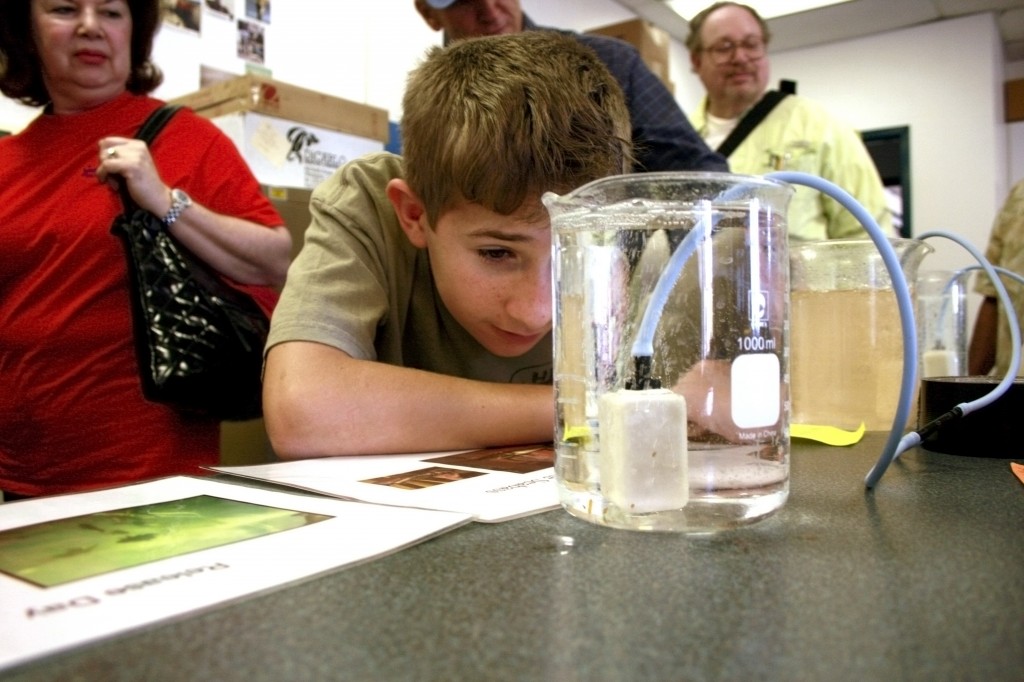
Also on hand were two of the troops from Newport-Costa Mesa Boy Scouts, Troop 711, Will Deerr, 12, and Jared Jaskiewicz, 13. The boys said they wanted to volunteer to help with the Newport pen and wanted to get a look behind the scenes.
The best part of the tour was seeing the brood stock fish, Deerr said, because “they were huge.”
The tour guide showed the group of about 20, volunteers at pens between San Diego and Newport Beach, around the facility and going through the process of development for the fish. Another group from the pens between Huntington Beach and Santa Barbara met later.
The tour guide walked the visitors through the life of a white sea bass born and raised in the OREH program at the Hubbs center.
It starts with adults from the wild that are spawned to provide eggs. The breeding process is not enhanced in any way, the guide said, they are not trying to improve the fish, just replenish the stock. They do rotate the brood fish so they get genetically diverse group of fish.
“We take what the lord gives us and we make it work,” he said.
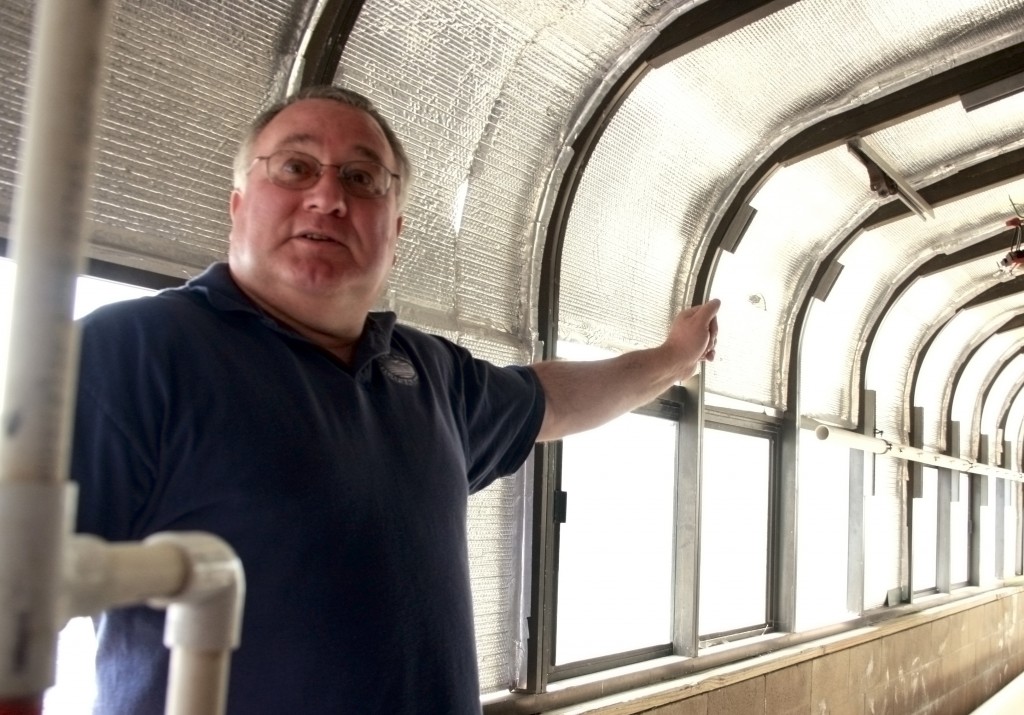
Over 100 wild fish make up the current brood stock at the hatchery. They are fed a diet of fresh frozen mackerel, squid, anchovies and other small fish, the guide said.
The fish stay on a natural calendar but are placed in controlled spawning conditions where the water temperature and daylight are manipulated to simulate springtime conditions.
Females, which are capable of spawning several times during the four-month reproductive season, can release as many as 1.5 million eggs each time they spawn. The hatchery can only take 15,000 from each individual female spawn event, the rest of them have to be euthanized.
“As harsh as that sounds and as crazy as that sounds, we don’t want to overload the fish going out from one particular female or one particular spawn event,“ the guide said. “We’re trying to spread it out.”
Once the eggs are hatched they go to an incubator and then onto the weaning stage. They stay in tanks until they are old enough to get the data chip inserted in their cheek, at 90 days old after hatching.
It takes several volunteers to work the tagging insertion system. First, in the holding box, they get a small amount of anesthesia to slow them down so they don’t flop around too much.
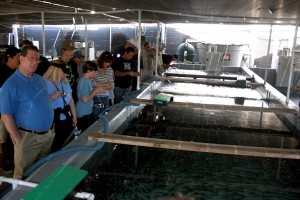
They then head down the shoots where a tiny data tag is inserted into their cheek.
A tagger does about 500 to 800 fish an hour, a really good tagger can do as many 900 to 1000 an hour. The average is about one every five seconds
Taggers will double check with a quality control device to make sure every fish in every batch has a tag. Every single fish that leaves the hatchery gets tagged.
The tags contain the spawning date and location of each specific fish. They can provide scientists with valuable information about growth rates, migration routes, survivorship, predation and mating.
Program officials urge anglers to turn in their white sea bass heads.
“We need more heads,” the tour guide said.
The data collected from the tag in the fish head will help determine the success of the program’s restocking efforts.
After being tagged, the fish then go out into the raceway area. By the time they hit the raceway, the anesthesia has worn off and they’re good as new.
Their diet changes from brine shrimp to artificial, high-protein pellets to help them grow and get ready to go a grow-out facility
From there they are transported to the grow-out sites, like the one in Newport Beach, where they grow for several months. When they reach about 12 inches they are ready to be released.
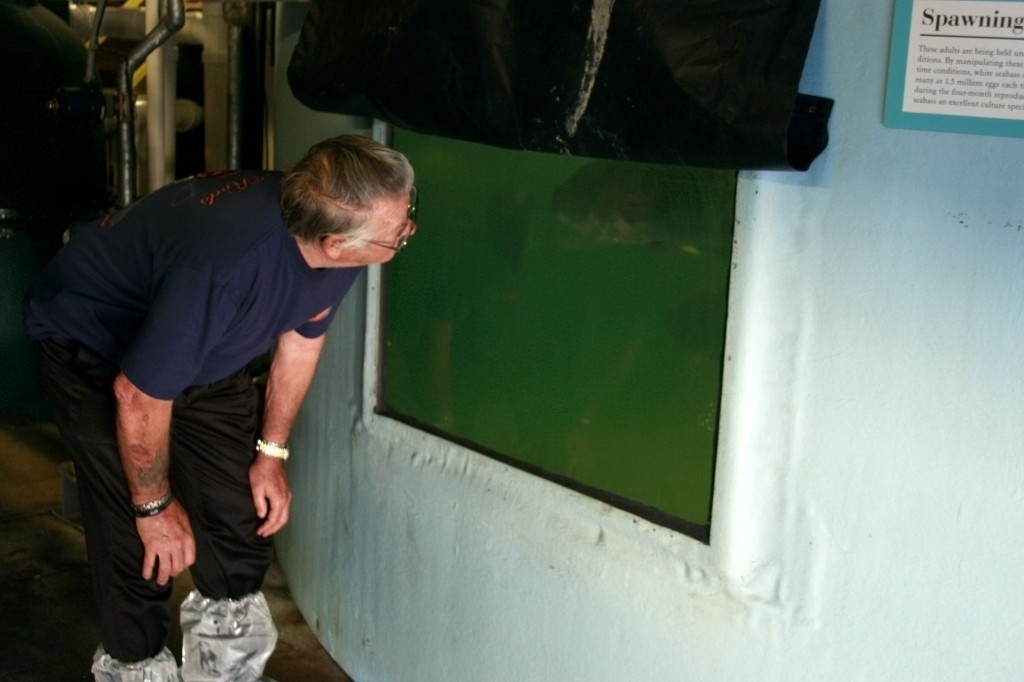
The whole process, from egg to old enough to be released, is about eight to nine months, depending on the water, temperature, light conditions and other factors.
The stock enhancement project started in 1983 after the Ocean Resources Enhancement and Hatchery Program legislation passed, it was prompted by the declining number of catches of white sea bass. They released their first batch of fish in 1986.
The Balboa club raises and releases about 2,500 to 5,000 white sea bass every year. Over 1,800 white sea bass from the program have been recovered.
The Hubbs-SeaWorld mission “to return to the sea some measure of the benefits derived from it” fits accordingly with the white sea bass replenishment program.
Volunteers are always welcomed and do not need to be a member of the Balboa Angling Club, although a few basic skills may be required. Contact the club at 949-673-6316 or www.balboaanglingclub.org for more information. Visit www.hswri.org for more information about the Hubbs-SeaWorld Research Institute and the replenishment program, as well as a list of locations to drop off white sea bass heads.
The hope is that the program gives back enough to help the population thrive again, volunteers can help do that.
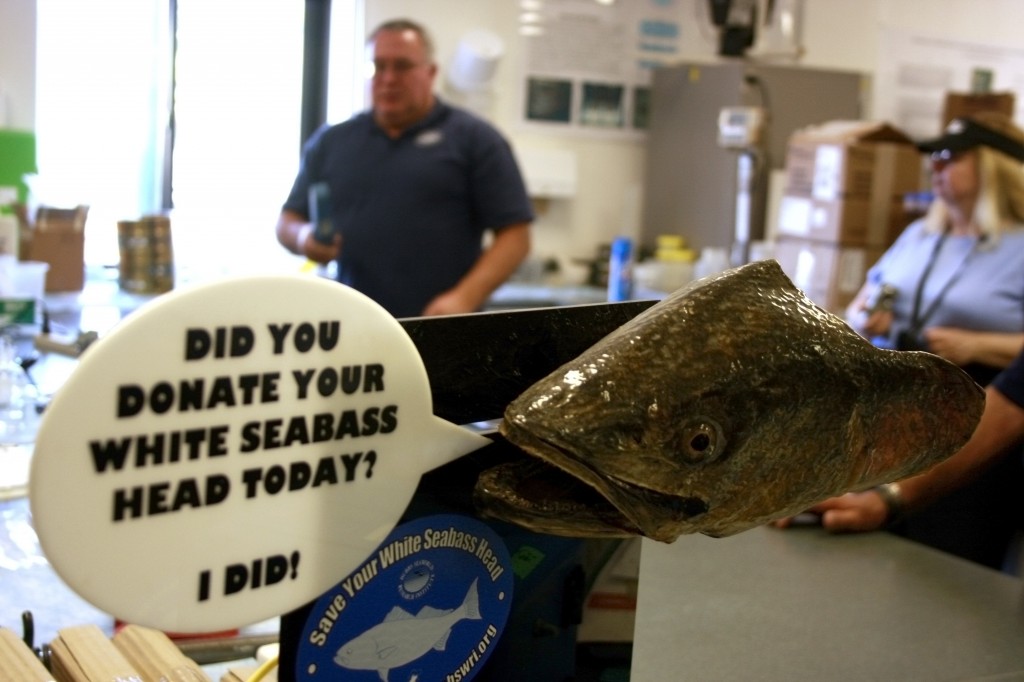



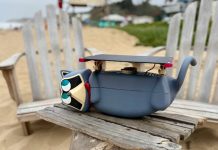
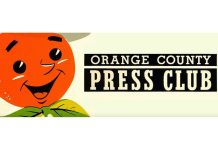
Cool Article! BAC rocks!!!